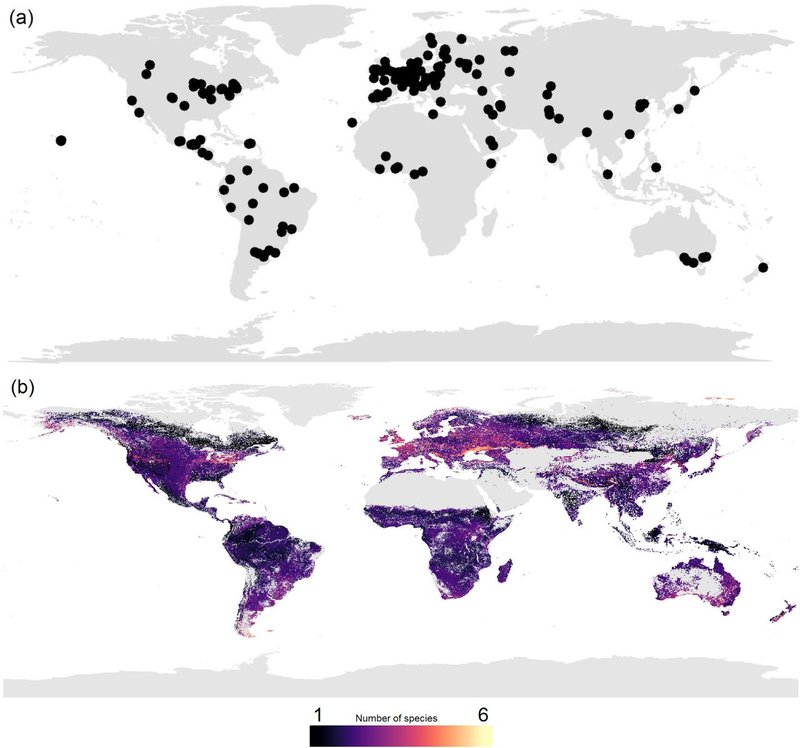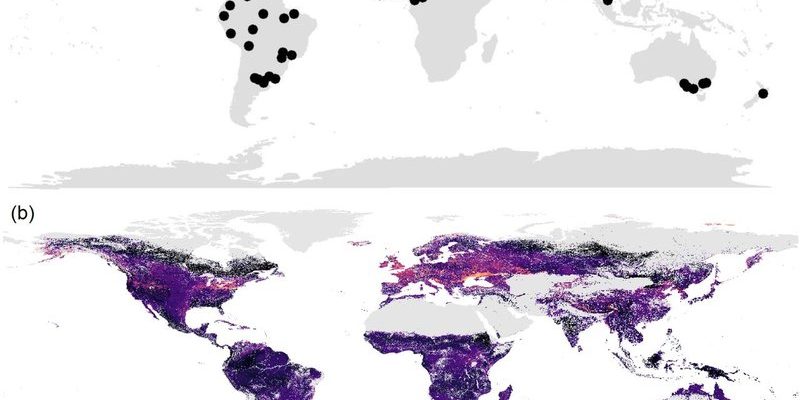
Understanding the distribution of these extraordinary animals is like piecing together a puzzle of our planet’s biodiversity. They’re found in various environments, from lush rainforests to dry scrublands, and each continent has its unique species. In this article, we’ll take a detailed look at where velvet worms can be found across different continents, diving into their habitats, behaviors, and why they matter in our ecosystems.
What Are Velvet Worms?
Before we dive into distribution maps, let’s get a grip on what velvet worms actually are. These creatures are part of a small group of invertebrates that are neither fully insect nor worm. You might be wondering, “What does that even mean?” Well, they have soft, segmented bodies and move in a worm-like manner, but they also have limbs and characteristics reminiscent of arthropods. They’re often about 5 to 15 centimeters long.
Unlike many other invertebrates, velvet worms are a bit of a paradox. They have a unique way of hunting: they spit out a sticky slime to catch their prey, usually small insects. Imagine being a little predator with your own homemade glue! This hunting method is not only effective but also quite mesmerizing to watch.
Their soft bodies mean they need to stay in moist environments to avoid drying out. This is why you often find them hidden under leaves or in the damp soil of forests. Understanding these aspects is crucial as we explore where they live around the globe.
Velvet Worms in South America
South America is a treasure trove for velvet worms. Countries like Brazil, Ecuador, and Colombia offer dense rainforests that provide the perfect humid environment for these creatures. In fact, more than half of the known velvet worm species are found here.
Key Habitats:
– Amazon Rainforest: This is like the heart of biodiversity. Many species thrive in the understory, where moisture levels are high.
– Andes Mountains: The cooler, misty regions are home to unique species that have adapted to different altitudes.
Let’s talk about why this matters. Velvet worms in South America contribute to their ecosystems by helping control insect populations. When we discuss conservation, keeping their habitats intact is crucial not just for them but for the entire ecosystem.
Exploring Velvet Worms in Africa
Next, we journey to Africa, where velvet worms are surprisingly found in various regions, especially in moist, tropical areas. Countries like Madagascar and parts of the Democratic Republic of the Congo are hotspots. Madagascar, in particular, has a rich biodiversity, including many unique velvet worm species.
Key Habitats:
– Tropical Rainforests: These dense forests create the humid conditions that velvet worms love. They can often be seen creeping along the forest floor.
– Deciduous Forests: In some areas, you’ll find them among fallen leaves and moist leaf litter, where they can hide from predators.
The unique species found in Africa can teach us a lot about evolutionary processes. By studying them, scientists can learn how different environments shape species over time.
Velvet Worms in Australia and the Pacific Islands
Now, let’s hop over to Australia and the surrounding Pacific Islands! Australia holds a special place for velvet worms, with some of the world’s most diverse species found in its rainforests.
Key Habitats:
– Rainforests of Queensland: These lush environments create ideal conditions for velvet worms. The rich biodiversity here supports numerous species.
– Tasmania: Even cooler climates in Tasmania host unique adaptations of velvet worms.
The presence of these fascinating creatures is a reminder of the delicate balance in Australia’s ecosystems. They play a critical role, and protecting their habitats means also safeguarding the biodiversity of the region.
Velvet Worm Distribution in Asia
In Asia, velvet worms are less common but can still be found in places like Malaysia and the Philippines. These regions boast rich tropical forests where humidity levels are favorable for their survival.
Key Habitats:
– Tropical Rainforests: Similar to South America, these forests support diverse life forms and are crucial for velvet worm populations.
– Mountainous Regions: Higher altitudes may also provide unique microhabitats for some velvet worm species.
Understanding their distribution in Asia adds another layer to our knowledge of biodiversity. Interestingly, the survival of these worms often indicates the health of their ecosystems.
North America: A Surprising Home for Velvet Worms
You might be surprised to know that velvet worms are also found in parts of North America, particularly in the humid regions of the southeastern United States. States like North Carolina and Georgia provide the right conditions for these creatures.
Key Habitats:
– Wet Forests: The moist conditions in these forests allow velvet worms to thrive.
– Leaf Litter: Look closely in the leaf litter, and you might spot these little creatures lurking.
Their presence in North America is a reminder that even in regions you wouldn’t expect, these ancient animals are quietly contributing to our ecosystems.
The Importance of Velvet Worms and Conservation Efforts
So, why should we care about velvet worms? These little guys might not get much attention, but they play significant roles in their ecosystems. By controlling insect populations and contributing to soil health, they help maintain the balance of their habitats.
Unfortunately, habitat destruction due to deforestation and climate change threatens their survival. Conservation efforts are crucial, not just for velvet worms but for the intricate web of life they support. Protecting their habitats means preserving biodiversity for future generations.
Velvet worms might not be the most famous creatures out there, but their unique characteristics and evolutionary history make them fascinating. Their distribution across continents highlights the incredible diversity of life on Earth and the various ecosystems that support it.
As we learn more about these creatures, it becomes clear that protecting their habitats is vital for maintaining biodiversity. The next time you hear about velvet worms, you can appreciate them not just as bizarre little beings, but as crucial players in their ecosystems. So, let’s keep an eye on these soft, squishy wonders and ensure they continue to thrive for generations to come!

